The Pancha Rathas complex is arguably the most crowded place in Mahabalipuram. The Five Chariots or Panch Rathas are five monolithic temple structures were built by the Pallavas in early 7th century AD. These structures are a part of the Monuments of Mahabalipuram which I have covered in a separate article.
The buildings displaying exquisite carvings have been named individually after Draupadi and the five Pandava brothers though there is no historical basis for it whatsoever. What is even more strange that the Ganesh Ratha found on the Mahabalipuram hill was earlier known as the Arjuna Ratha and the one now called with that name used to be Nakula Ratha.
Moving on…
I tried visiting this place a couple of times before and it was busy as hell, so today I made time in the early morning and drove down to this place. Thankfully it was devoid of the jeering tourists and I could take some nice pictures in the peaceful surrounding.
This compact group of monuments is hewn out of a single rock to form five free-standing monolithic temples. Each of the five structures are chiselled in the shape of rathas or chariots out of large block of stone. They were commissioned during the reign of Narasimha Varman I and are the only monuments of their kind in India. The monuments are a source of many 7th- and 8th-century Sanskrit inscriptions, providing insight into medieval South Indian history, culture, government and religion.
The five rathas have been named as ‘Dharmaraja Ratha’, ‘Bhima Ratha’, ‘Arjuna Ratha’, ‘Nakula Sahadeva Ratha’, and ‘Draupadi Ratha’ after the five Pandava brothers and their common spouse Draupadi from the epic tale of Mahabharata.
History of the Pancha Rathas
The construction of these five rathas is traced back to the 7th century during the reign of King Mahendra Varman I from 600–630 CE and his son Narasimha Varman I from 630–668 AD of the Pallava dynasty. Before their time, wood was generally the first choice for building temples. The concept of carving the rocks in the shape of chariots or rathas was started during the the reign of King Narasimha Varman I. Work on these structures stopped after his demise in 668 AD. Because of its riches, the Pallava kingdom was an obsession with the Chalukya monarchs. After Narasimha Varman I’s death, a series of Chalukya rulers attacked the kingdom and these structures were gradually forgotten over time.
The reason for linking these rathas to the Pandavas is not very clear. Although there is no connection between the structures and the Pandavas, their names have incessantly remained linked with the structures. In 1984 UNESCO granted the entire area the status of a World Heritage Site which included the monuments on Mahabalipuram hill and the Shore Temple.
The five-ratha group is on a north-south axis with the Dharmaraja Ratha on the south, followed by the Bhima, Arjuna and Draupadi Rathas; the latter two share a common platform. Now let’s go over each structure one by one:
Dharmaraja Ratha
The most imposing and architecturally superior structure is the Dharmaraja Ratha. It is also the highest among the five rathas, revealing that the rock utilized for the purpose of making these temples sloped from south to north. Dedicated to Lord Shiva, this elaborately sculptured tri-tala or three-storied vimana stands at the end of the complex, facing west. The name of this structure is attributed to Yudhishthira, the eldest of the Pandava brothers. I will not delve any deeper into the story of the Pandavas here, because I see no connection whatsoever between them and these amazing structures standing in Mahabalipuram.
Sticking to the facts, the temple is a pyramidal structure with a square base, measuring a square of 8.5 m with a height of 11 m. It has an open porch supported by pillars. The temple’s tower consists of a vimana of shrinking squares, capped by an octagonal shikhara. The progressively smaller storeys give the structure the shape of a pyramidal tower. The top of the structure is almost a clone of the Shore Temple, but there is a big difference – the Shore Temple is not a monolithic structure, it was constructed out of blocks of granite.
There are three corner-blocks, each with two panels containing standing figures, between which are two pillars and pilasters supported on squatting lions. The walls have carvings and inscriptions, one mentioning Narasimhavarman I.
The corners of the sanctum contain eight sculptured panels, each representing Harihara, Brahma and Skanda and Shiva. The last image, at the back and facing east, is an Ardhanarishvara – a composite androgynous form of the Hindu God Shiva and his consort Parvati. Ardhanarishvara is depicted as half male and half female, split down the middle. The upper-mid level has carvings of aspects of Shiva and Vishnu, suggesting that the artists revered both Hindu traditions.
A closer look at the pillars reveals some nice detailing near the lions. The Somaskanda panel inside this monument is significant because it dates the temple to the early 7th century. It differs from those created in the Rajasimha period, and resembles those created during the early Pallava era.
Moving on towards the Bhima ratha:
Bhima Ratha
The next temple with a roof, shaped like the hood of a Roman cart-wagon is the Bhima Ratha. You might be wondering how did this design get incorporated into a temple of the 7th century. I can take a guess it was due to the ample trade between the Pallavas and the Romans. The wall panels around Mahabalipuram are another example of Roman influence on the architecture during those times.
Bhima was the next younger sibling of Yudhishthira. He was the muscle of the Pandavas, said to have immense body strength. This structure stands on an elongated rectangular base and is supported lengthwise by four pillars and two pilasters. Its incomplete interior was probably intended to house a reclining Vishnu.
This ek-tala or single stored vimana is the second highest of all the structures here. The north and south sides each have two square, massive pillars. The roof has developed crack lines, possibly caused by structural elements or centuries of weathering.
Dedicated to Lord Vishnu, the ornamentation and pavilion are similar to that of the Dharmaraja Ratha but the detailing is lacking. The lower floor of the vimana, although incomplete indicates the plan was to hollow out the rock, creating a pillar-rested circumambulatory passage.
In my opinion, the Bhima Ratha is the most interesting of all the monuments inside the complex.
Arjuna Ratha
The Arjuna Ratha is almost a smaller replica of the Dharmaraja Ratha except for shape of the dome being hexagonal. This dvi-tala or two tiered vimana also facing west was carved out of a live rock with a height of 6 m. It shares the same platform with the Draupadi Ratha and is dedicated to Shiva. This monument looks to have been fully completed. As I mentioned the Arjuna Ratha was earlier known as Nakula Ratha, but later renamed to Arjuna Ratha.
The walls of the ratha are carved into panels with fourteen sculptures. Four are dvarapalas (Vishnu, a rishi with a student, Kartikeya—or Indra—and Shiva with Nandi), and the rest are humans at various stages of life.
The garbhagriha or sanctum sanctorum has a pillared Mukhamandapa or inner porch. The entrance of the Ratha rests on two pillars and two lions carved pilasters. In-between the exquisitely carved pillars lies chiseled figures of several deities like Siva-Vrishabhantika, Skanda on an elephant, Vishnu, a Siddha, Parthiharas, a Chowri bearer and an Amaras. Alternating elephants and lions are carved at the base of this monument all around as supports.
A statue of Shiva’s mount, Nandi the bull, is housed on the rear of the Arjun Ratha.
Nakula-Sahadeva Ratha
This Ratha, dedicated to the celestial king Indra, was named after the twins Nakula and Sahadeva, the youngest of the Pandava brothers. It is the only ratha among the five that faces south. Its front extends slightly forward to form a porch supported by two pillars.
A monolithic sculpture of an elephant also finds place beside the Ratha. All these monuments were constructed on the same base as that of the Dharmaraja Ratha. Although the ratha is devoid of any idol for worship, carved figures of gods and demigods adorn its interior walls. The outer walls of this Ratha have been left blank.
A monolithic elephant sits beside this structure, which I can only guess to be Airavat, the vehicle of Indra.
Draupadi Ratha
Named after the common wife of the Pancha Pandavas, this ratha which lies at the northern end of the five rathas is dedicated to Goddess Durga. Constructed in the form of pre-historic huts from ancient Bengal, it is the smallest of the five rathas with a height of 5.5 m. It is supported by four corner-pilasters and contains two dvarapalikas (female guards) flanking either side of the doorway.
The curvilinear roof is devoid of any sculptures. The corners are decorated with alpana markings. The high-rise platform leading to the entrance door of the west-facing ratha is decorated with sculptures of lion and elephant heads chiselled alternately. The rear part of the Ratha display a lone figure of Durga.
In the cell inside there is another four-armed standing Durga, adored by two male worshipers kneeling at her feet, one of them brandishing his sword.
Best time to visit Mahabalipuram
Best time to visit the Mahabalipuram Rathas is from December to February. Mahabalipuram is unbearably hot for the rest of the year. It is also advisable to come as early as possible. With every passing hour the crowd keeps growing and it becomes almost a carnival by evening. You wont even get any parking space in that crowd.
Although unfinished and never consecrated, these Rathas are part of the monument complex that is marked as ‘Group of Monuments at Mahabalipuram’ by UNESCO. After a last glimpse of the Panch rathas, I made my way towards the parking lot.
Maintained under the patronage of the Archaeological Survey of India, this complex has remained one of the popular tourist destinations of south India that became laid the foundation of the temple architecture of South India.
Thanks for reading. Please leave me a comment if you liked the post or follow my story as I drive to the Tiger Cave in Mahabalipuram.
Disclaimer: The information presented in this article is based on the time I visited the premises. Note that there might be changes in the prices of merchandise and admission fees that might have occurred after this article was published. At times the facility might also be closed for repairs or for variety of other reasons. Kindly contact the facility or facilities mentioned in this article directly before visiting.
Usage of this site indicates acceptance of my Terms and Conditions.
Credits: The historical information presented herein is gathered mostly from local guides that were re-inforced via historical writings.
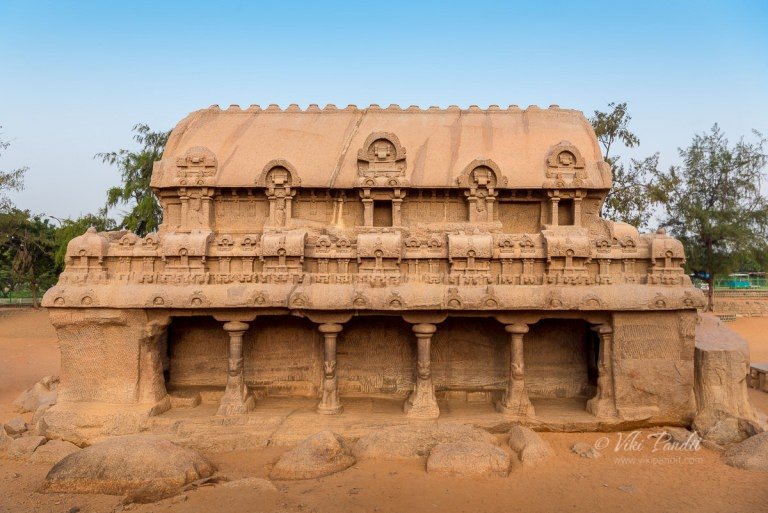
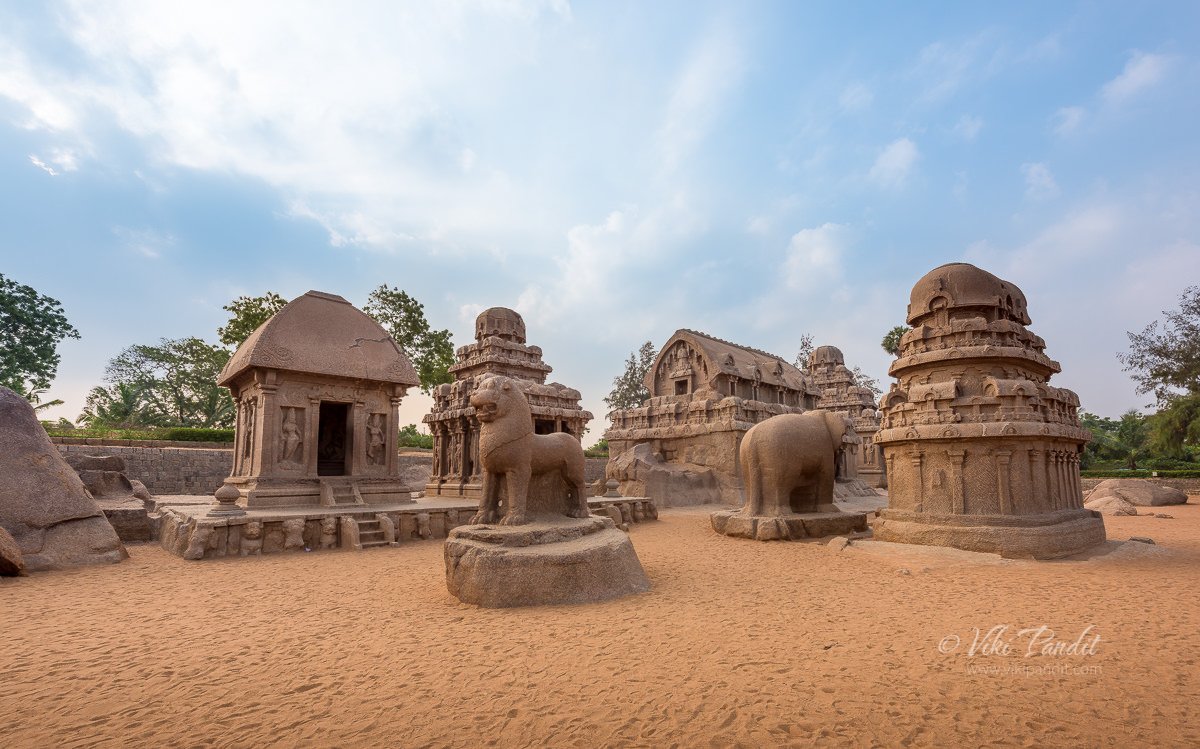
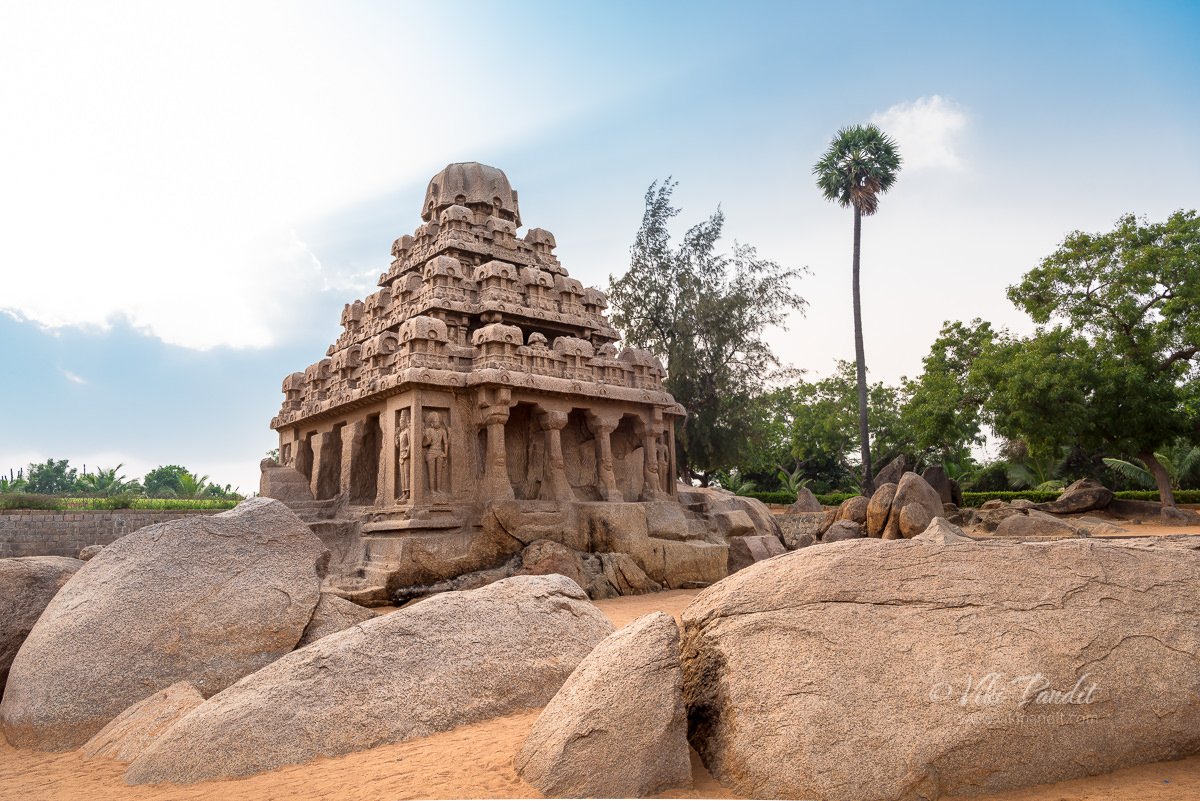

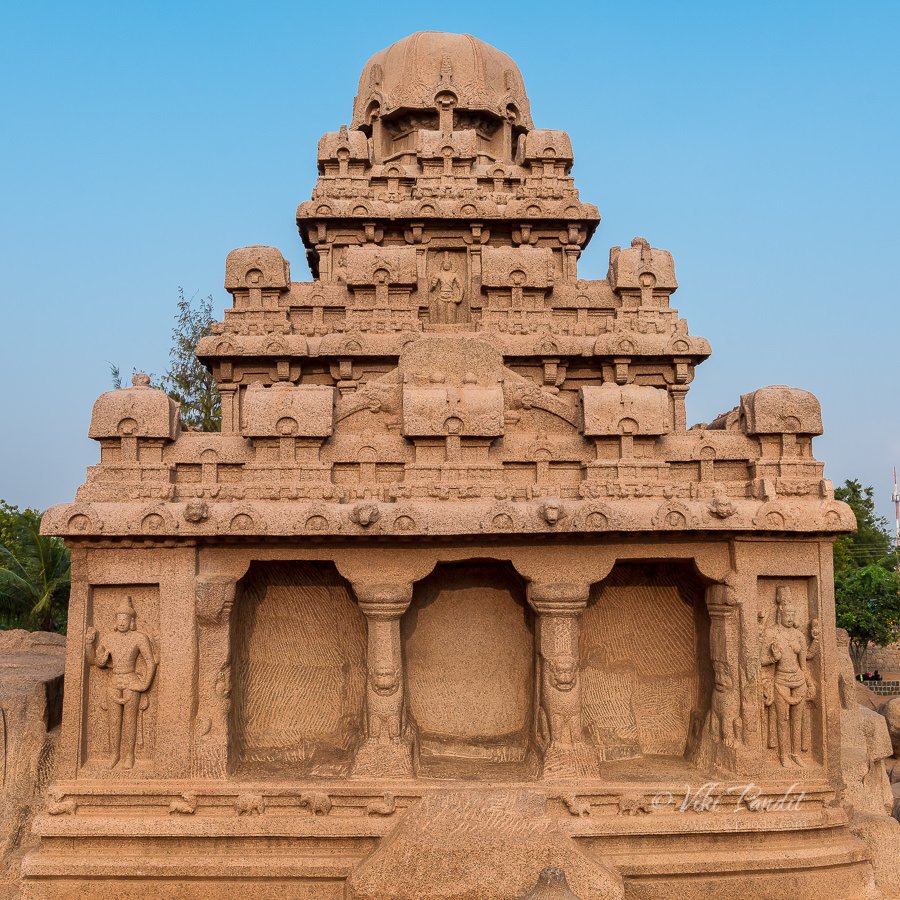

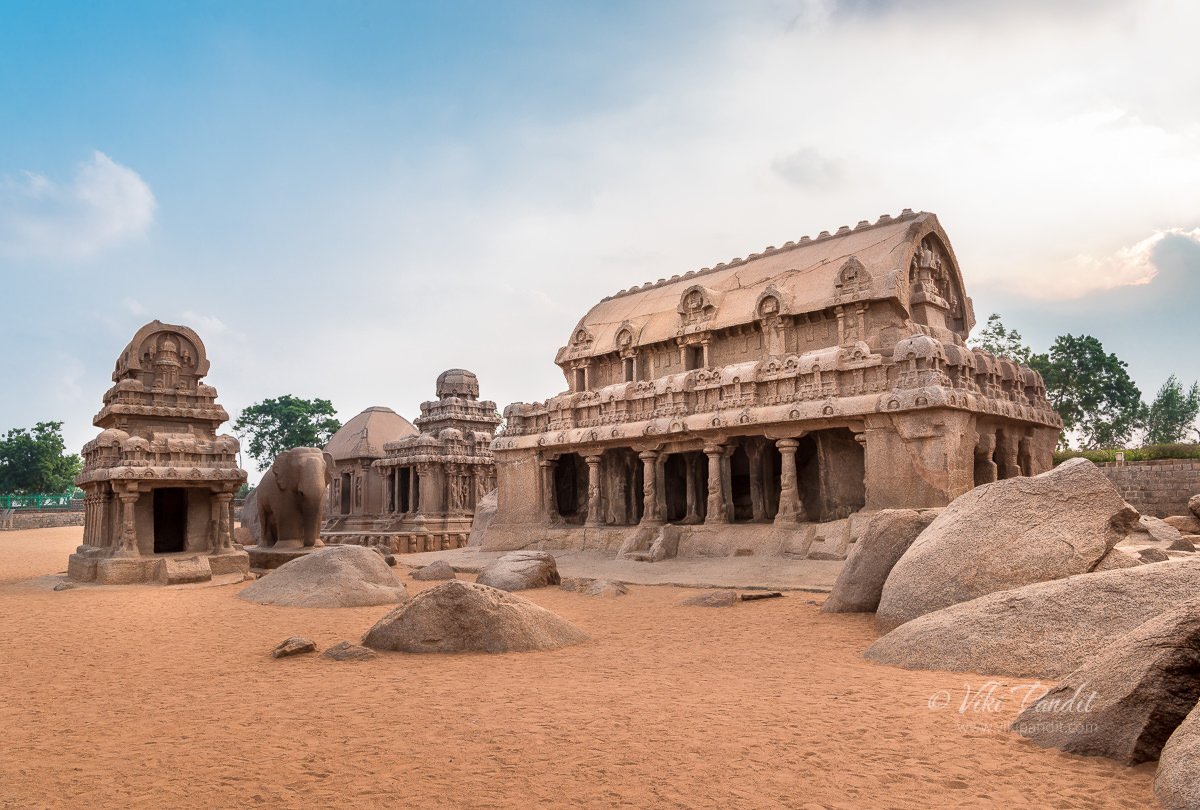
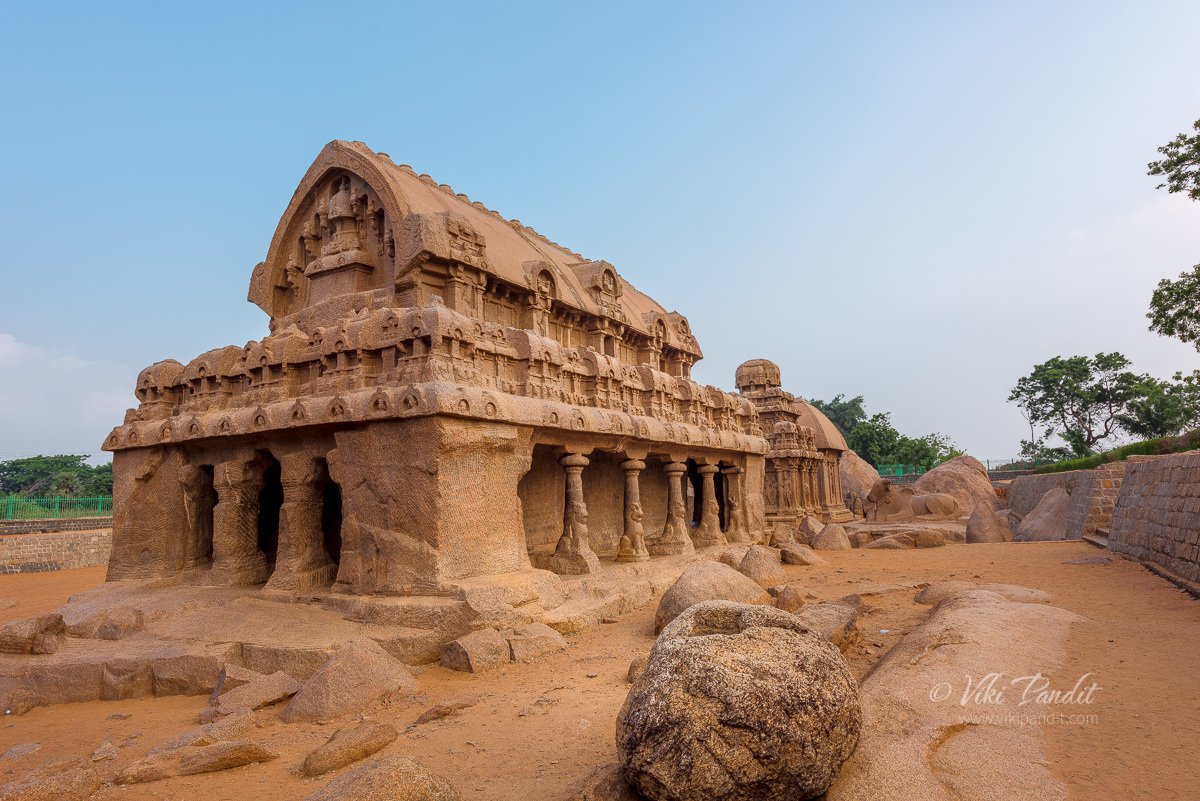
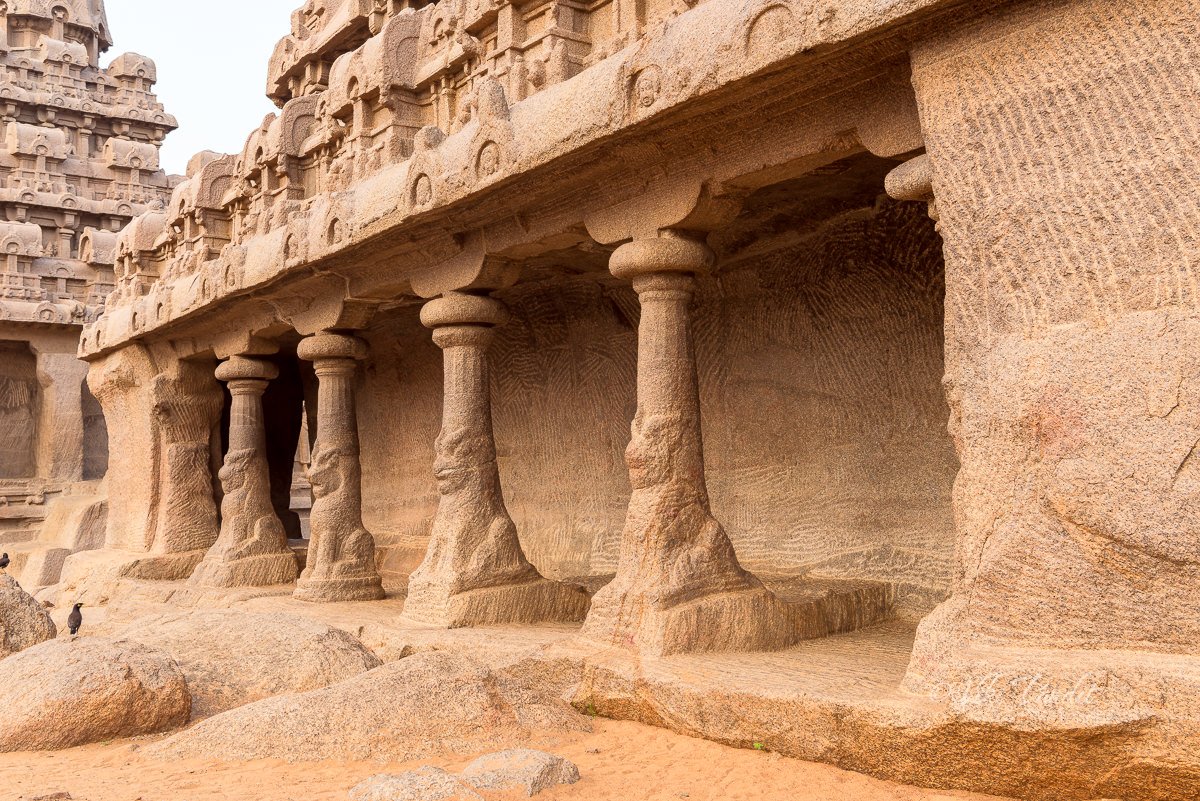


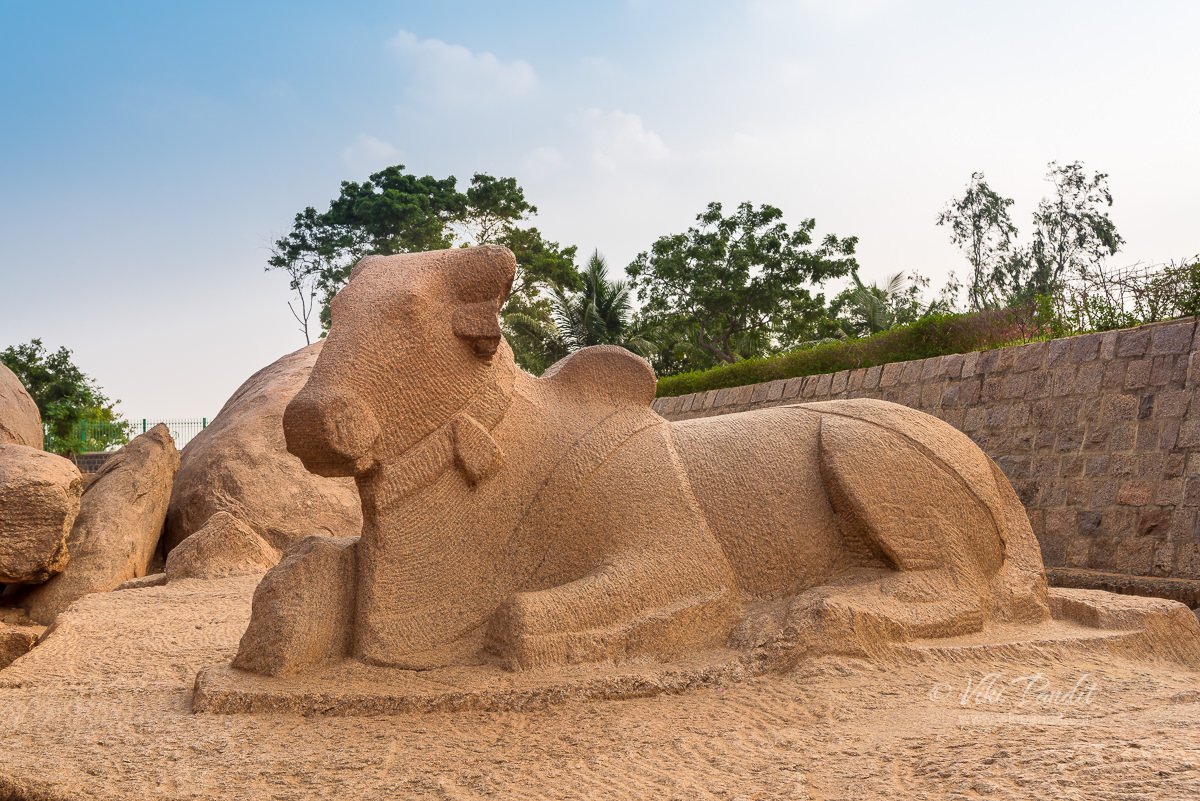

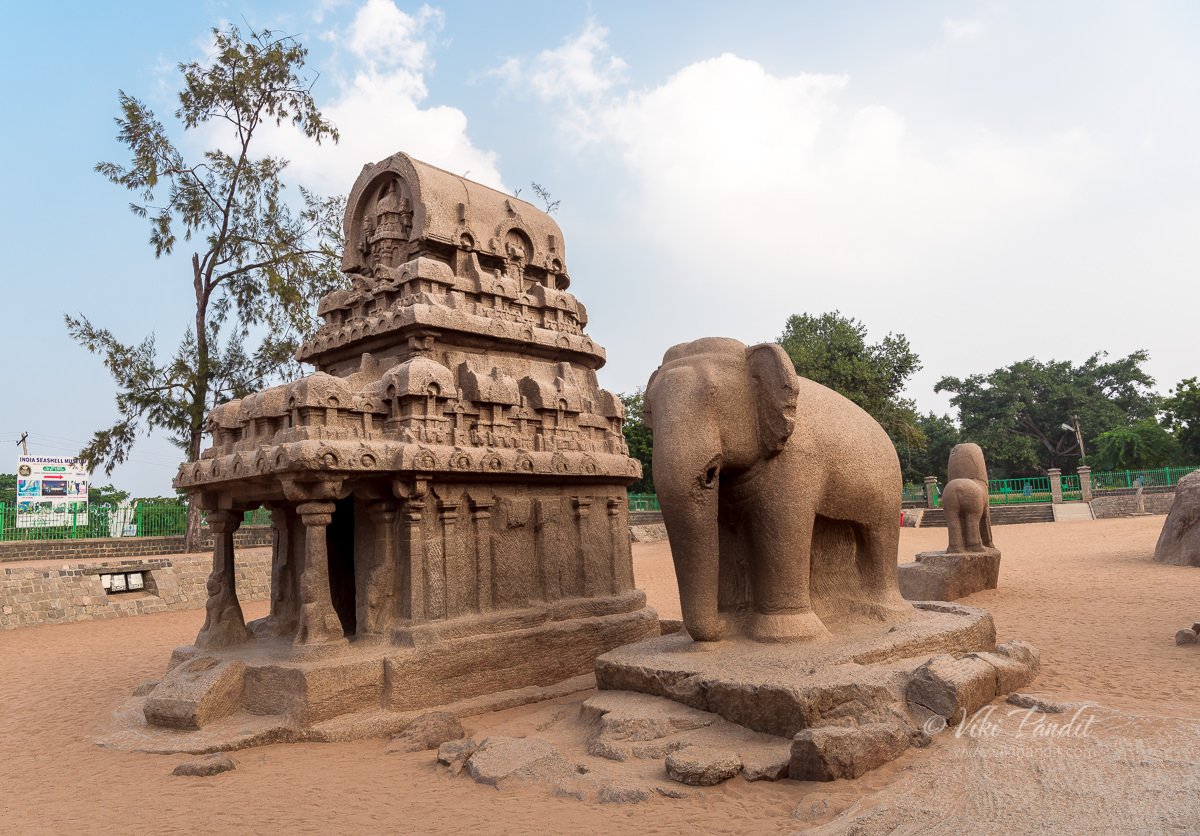
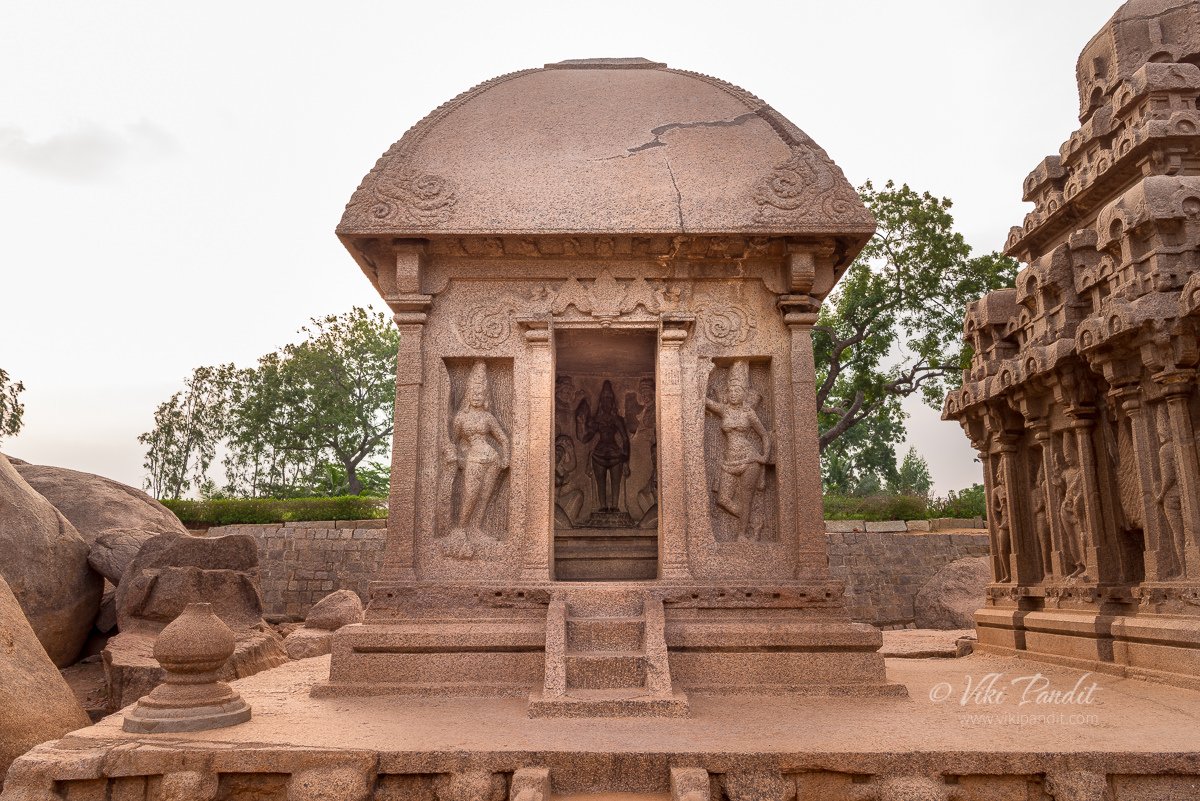
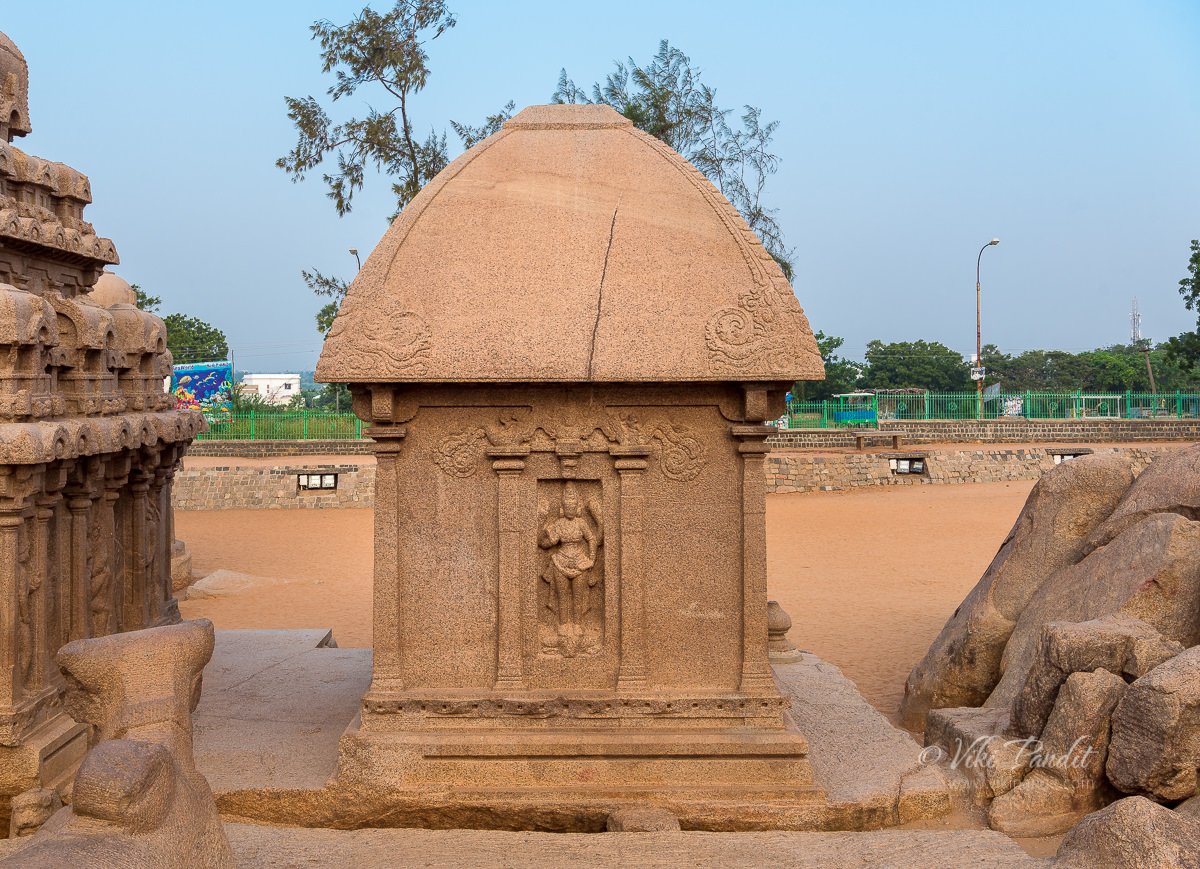
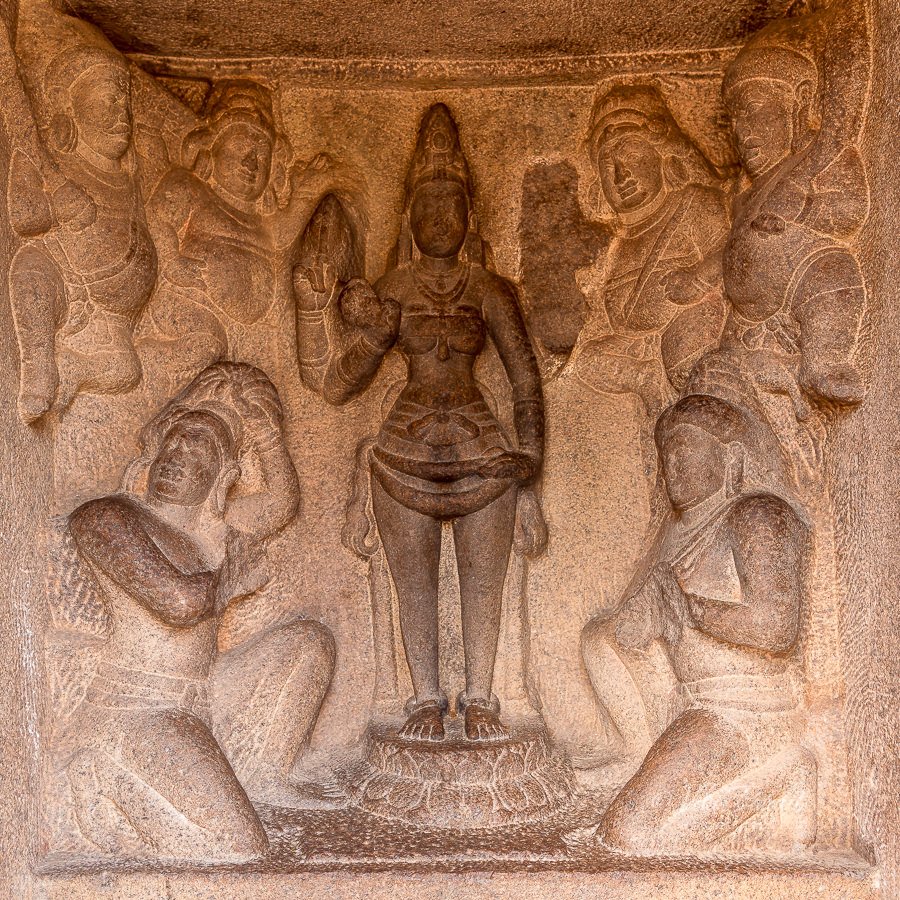
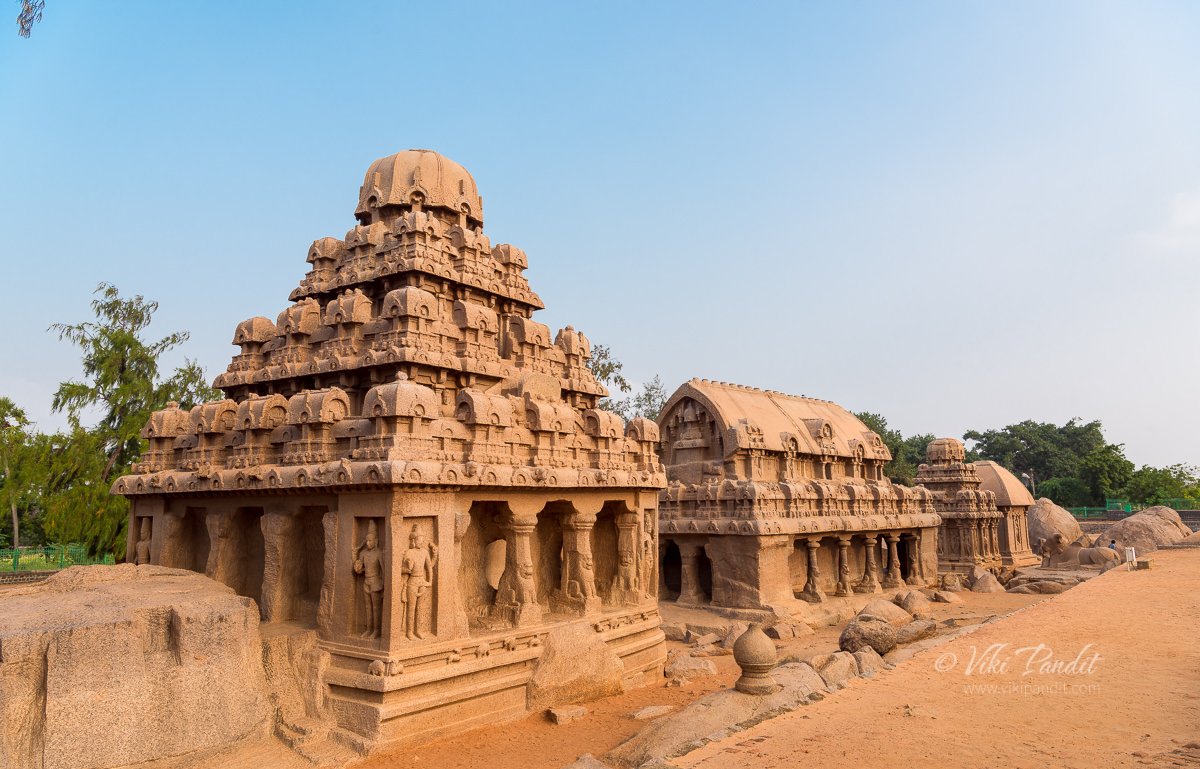
I also visited this Temple in August 2024. It is really a wonderful Temple which requires more time to see all the details. Narayan dear park and these temples are worth to see. My Indian friend has described very well. I am also writing the things which I saw during my Japan visit and preparing a book for Marathi readers’ Chala jag phirya ‘